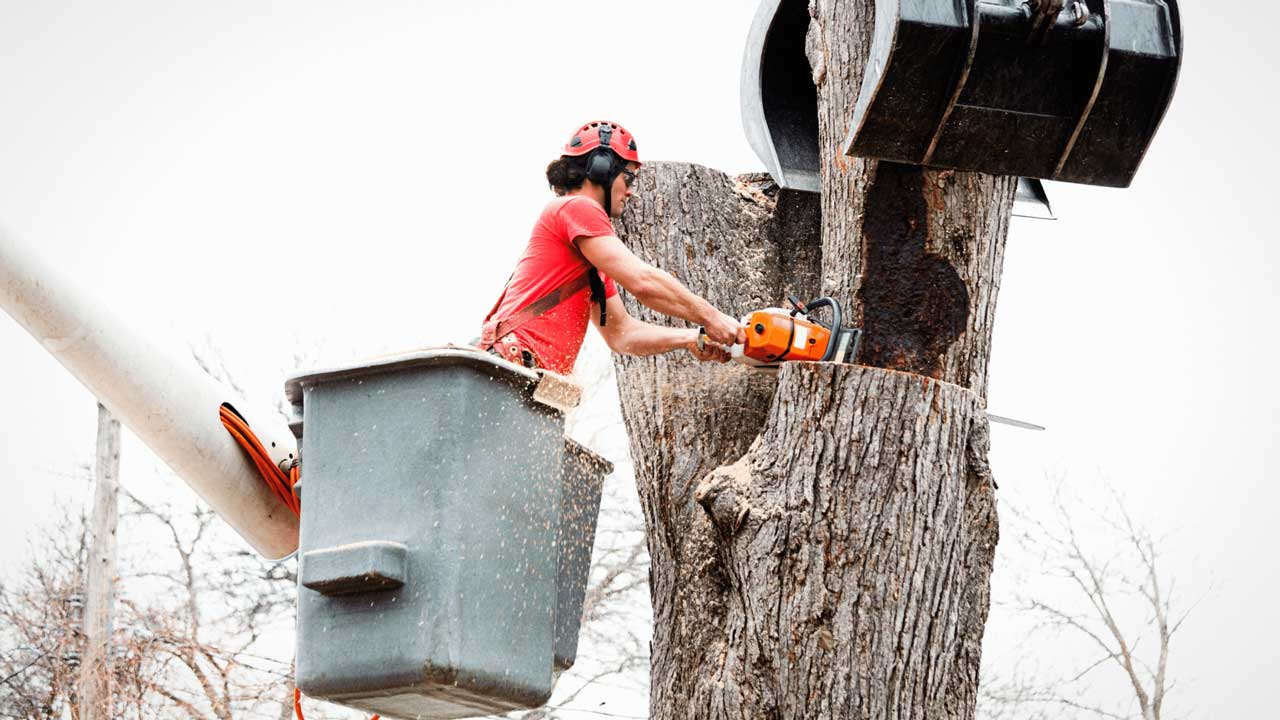How to Remove a Large Tree
Large trees can add beauty and aesthetics to your home. They can also be used as windbreaks to reduce heat loss during winter and help keep your home cooler in the summer. After being planted, a tree can take a while to reach its full potential. Sometimes, however, you may have to remove a large tree due to severe storm damage, disease, pests, or old age.
Large tree removal is a dangerous and difficult job. Although it is best to have an arborist do the job, it is possible to do it yourself in some cases. First, you need to determine if it is possible to remove the tree yourself or if hiring an arborist would be better. This article will show you how to take out large trees from your yard or lawn. Let's first look at what you can do to determine if it's time for you to remove a tree.
How to Decide if a Tree is Dead
It is easy to identify a dead or dying tree when the leaves are not on. A tree that has many limbs in a dead or dying state during summer can be a sign it is not able to be saved. Dead trees will have no leaves. You can take a twig off or lightly scratch a branch to check for green tissue during winter. If there isn't any green tissue, wait until spring to see if it's still alive.
If the tree has brown leaves it could indicate that the tree is being killed by insects, disease, or water stress. It is possible that the tree has suffered a severe injury or death. By pruning away diseased or dead branches, you can save some time. It is better to remove only the limbs that are accessible from the ground. An arborist is required for more complex pruning.
You might also have to take down a healthy tree if they are threatening other plants or shade them out. They can also be dangerous if they are too close to power lines or utility lines. Planting a tree too close can cause roots to grow toward your house and underground pipes, causing damage. You might need to take down the tree in this case. A tree that has suffered severe storm damage may also need to be removed.
How to Trim a Large Tree
These steps will allow you to safely and successfully remove a tree.
Clearing the Area
Before you start cutting, make sure that everyone is moved out of the area. This will prevent any accident, injury, or damage caused by falling branches or trunk sections. Cars, lawn decors, equipment, etc. Everything should be removed from the area before it is used again. Children and pets must be kept away from the area.
Lower Branches
Lower branches will be heavier and more substantial than the larger ones so a chainsaw is recommended to remove them. These lower branches should be cut first. Next, use a rope to control the falling branches. These branches can be properly cut by making an "undercut" first, by cutting upwards from the branch’s underside, and then approximately 1/4th through it.
Next, saw it down from the top of the branch. This should be 6-12 ins further than the original undercut. These two cuts will result in the branches falling to the ground cleanly without any breaking or splintering.
Removing Upper Branches
To cut the branches from the tops, use a reciprocating saw. Make sure you secure the extension ladder to your tree using a rope or a tripod ladder. Instead of carrying the saw in your hand, carry it with you.
Removing The Trunk
The next step is to use the chainsaw to trim the trunk. You will need to make a right-angle cut with the chainsaw in order to place it in the trunk. It must be facing the direction you want it to go. The notch should be cut towards the side of your tree. It should be 1/3 to 1/4 inch in diameter. If the trunk is too large to be safely thrown in one piece, you can cut it into sections. If the trunk is too large to fall in one piece, use the ladder to reach the top.
If you have an assistant, attach a rope to the trunk top. Have your assistant pull on the rope to direct the falling tree path. You will want them to be out of the danger zone and at a distance equal to twice the height of the tree.
Cutting the Stump
Once you are done trimming the tree, use a chainsaw to cut the stump near the ground. The root system and stump can be quite difficult to remove. If the stump is not causing any problems, you can simply apply a stump killer to it and let it decay. It will also stop it from rerouting by using a stump killer.
Tree Trimming Pros St Lucie
Port St. Lucie, FL
(772) 268 9770

